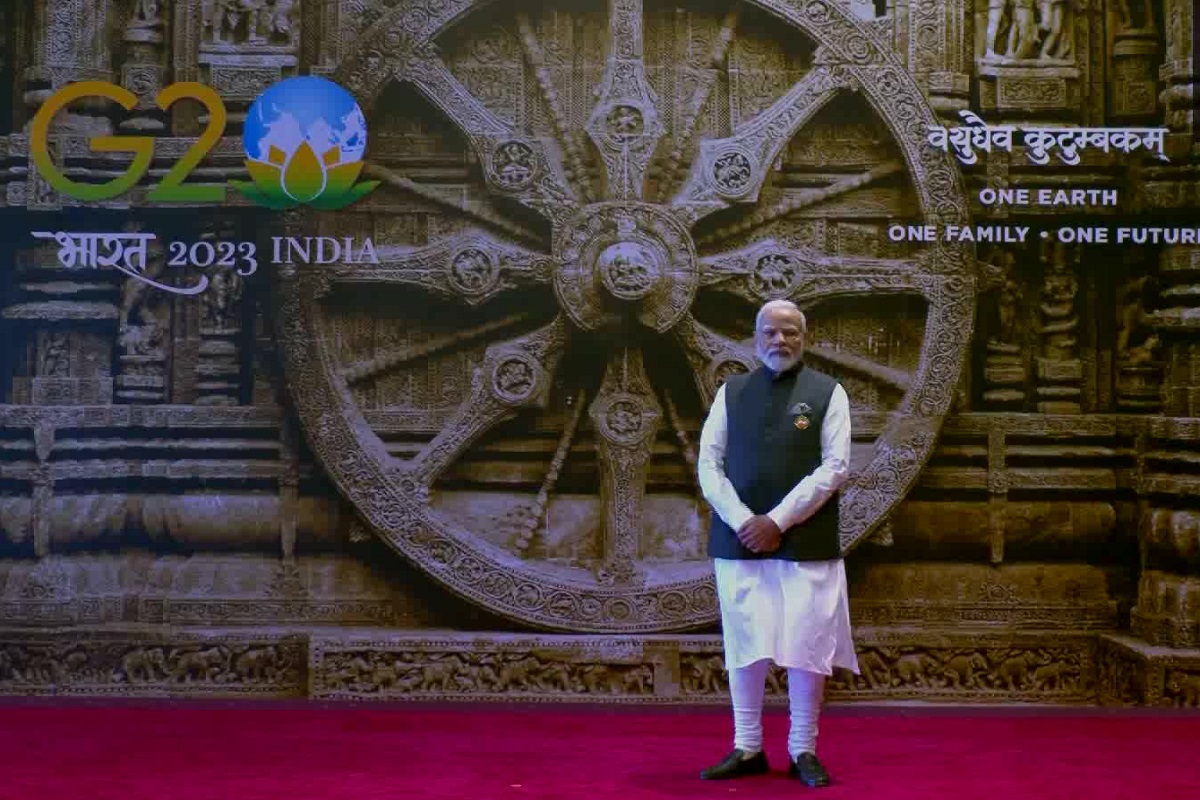As India puts on an all-around creditable show in organising the ongoing G-20 summit being hosted in Delhi under its Presidency against the backdrop of a fragmented geopolitical environment, a central message comes across loud and clear. In the words of India’s G-20 Sherpa Mr Amitabh Kant, “India is the de facto voice of the Global South.”
The accuracy of the statement may be contested by those who think China still has the edge in this respect, but they would be wrong. Indian foreign policy has pivoted over the past few years from trying to compete in the development space with the Chinese which would be a fruitless endeavour given Beijing’s deep pockets, and even moved away from constantly harping on the perils of China’s ‘debt diplomacy’ which had left many developing countries unimpressed as they have their own developmental imperatives for which funds are needed. Instead, India has crafted a policy of engagement with countries of the Global South by leveraging its strengths and customising its interaction models. Delhi has ensured that the G-20 is now a platform for India to evangelise its pioneering digital public infrastructure (DPI).
Advertisement
As Prime Minister Modi has iterated, the effect of technology has hitherto been skewed towards those who can access it; to truly leverage its potential, technology must be made accessible. This, Mr Modi argues, is where India is leading the way. He is right. As a commentator has noted, the impact of pitching India’s DPI as simple, scalable, and geared towards producing sustainable solutions has been recognised globally. Linking DPI with India’s position as the world’s fastest growing major economy has resulted in the G-20 becoming a forum through which India is assisting other developing countries build and scale their own digital infrastructure. Many of India’s marquee DPI projects, from UPI to e-Sanjeevani, have been showcased at the summit venue.
DPI was dismissed as a pipedream when India’s presidency began. By the time the G-20 Digital Economy Ministers’ meeting in August was held, however, a consensus on the importance of digital public infrastructure was in place. Many of India’s interlocutors from the Global South began the engagement with no experience or understanding of such infrastructure; it was the Indians who had to do the running and prove that DPI could be instrumental in achieving digital and economic inclusion. By the time the Indian side was done, all delegates endorsed the need for such an infra- structure and even agreed on a voluntary, suggested framework on how DPI be developed and deployed. What delegates learned was relayed back to their home countries. This generated interest across countries even outside the Global South.
Transport agencies in London and Paris, for example, are reported to be thinking about how they can incorporate DPI in their systems. In a sense, the G-20 platform has been adroitly utilised by India to position itself as the Global North’s bridge to the Global South. That’s also why much of the Global South is listening when Mr Modi makes the case for a shift from a GDP-centric view of the world to a humancentric one to enable the developing world to have a say in global decision-making.









